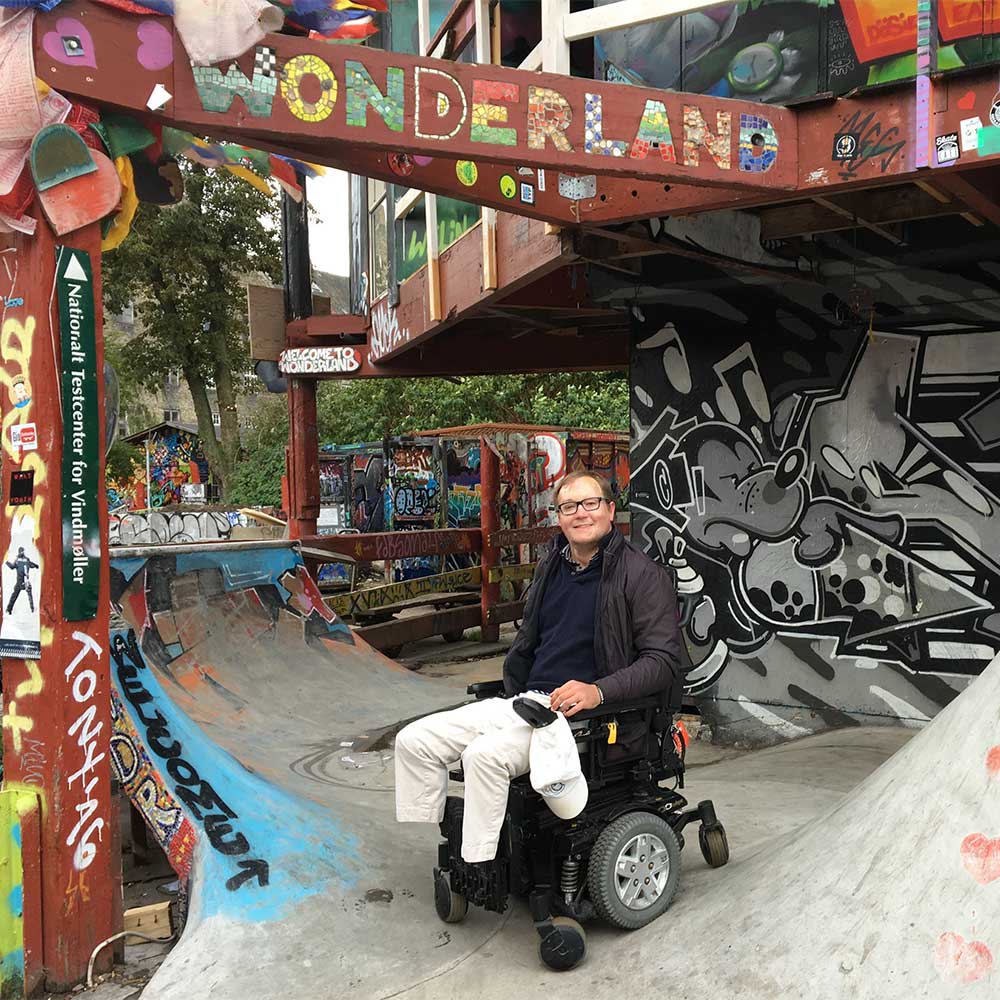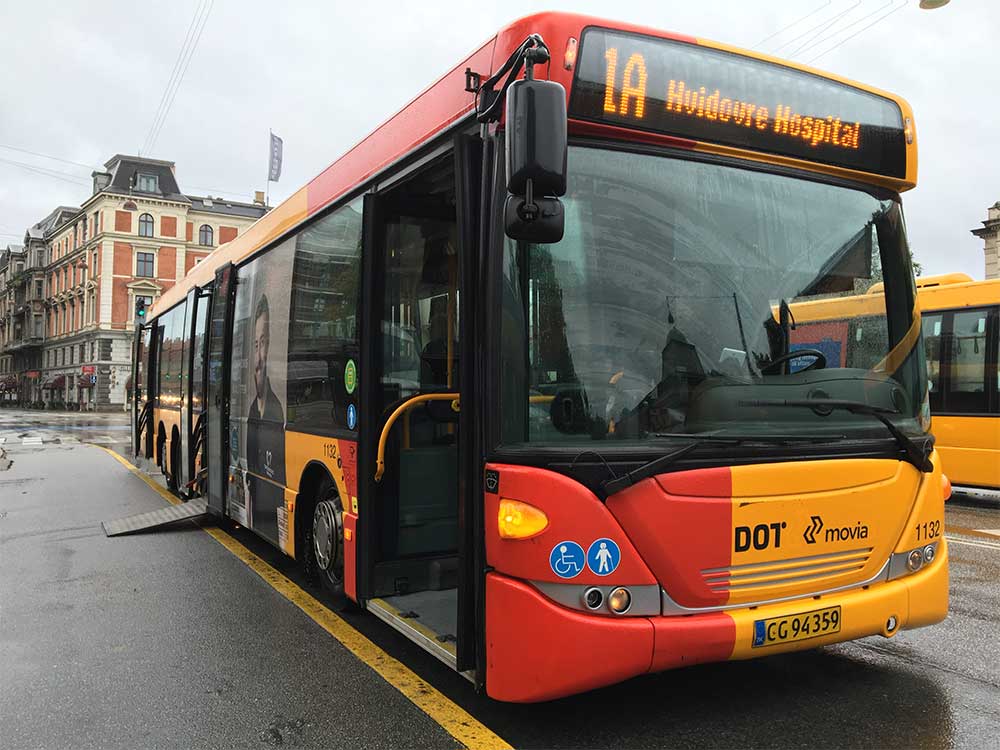Denmark is one of the world’s most progressive countries — it holds the second spot on the Social Progress Imperative’s Social Progress Index (SPI), a ranking that “measures the extent to which countries provide for the social and environmental needs of their citizens.” But like most broad-based surveys on social impact, the SPI is not actually a reliable indicator of wheelchair accessibility.



When I planned a trip to Copenhagen with my sister in 2016, I hoped to have one of my most accessible travel experiences yet. A progressive country like Denmark should be a great place for disabled people, right? We had an enjoyable trip, visiting sites like the Little Mermaid sculpture, Copenhagen Zoo, Freetown Christiania and Amalienborg Palace, but there were aspects of the trip that were not so accessible.
Later this summer, I will release a new travel guide detailing wheelchair accessibility in Copenhagen, but, for the purposes of this article, I want to highlight one reality that I found particularly troubling.
City buses in Copenhagen are wheelchair accessible, with a manually operated ramp at the rear door. Manual ramps are common throughout much of Europe, because they break-down less frequently and are more cost-effective. The manual ramp naturally creates more work for bus drivers, who have to get up from their seats and walk to the back of the bus to deploy the ramp. In every locality that has elected to install manual bus ramps, drivers willingly (or begrudgingly) do their duty. That is, in every locality I have ever visited, with the exception of Copenhagen, Denmark.

The first time we attempted to use the city bus in Copenhagen, it started off normally. We found the route and bus stop we needed, then flagged the driver as the bus approached. I rolled over to the rear door, expecting to see the driver exit the bus and help me aboard. He drove off instead.
“Maybe he didn’t see me,” I wondered, “or perhaps he is one of those rare bus drivers who are too lazy to get up to help?”
When the next bus arrived about 20 minutes later, my sister boarded with other nondisabled passengers via the front door, and told the driver about my wheelchair. When she told the driver that I needed the ramp, he said, “That is not my job,” closed the door and began driving away with my sister inside! She demanded that he stop, and he let her out about a half block away.
The third time’s the charm, as the saying goes, and, after some coaxing, we were able to get the driver to help us with the ramp. The ramp is rather long to reduce the incline when laid out onto the sidewalk and it is heavy. Operated by a manual lever, it requires the user to reach into the bus and exert a lot of force. The bus driver himself had difficulty operating it, so it is not designed to be operated by disabled people.
Over the course of our multi-day trip to Copenhagen, we only found two bus drivers who were willing to help with the ramp. And, when I attempted to ride the bus alone (without my able-bodied sister), drivers frequently drove off without me. Occasionally, another passenger provided assistance and helped me onto the bus.
Drivers frequently cited their “contract,” which apparently does not require that they help disabled people, while others said they could not risk the “safety” of the bus by getting up. Since Denmark has one of the lowest crime rates among developed nations, the latter claim was suspect. In the United States, which has a very high crime rate, bus drivers routinely help wheelchair users onboard and secure their mobility devices safely to the floor of the bus. Criminals are not generally inclined to hijack a city bus filled with passengers.
A key component of accessibility is ease of use, but that principle has not been widely accepted in Denmark. In order to ride city buses as a wheelchair user in Copenhagen, travelers will need an able-bodied companion or the willingness to wait until another rider is able and willing to help.
For those needing wheelchair accessible transportation to popular tourist attractions in Copenhagen, I recommend the City Sightseeing hop-on hop-off tourist buses, which are wheelchair accessible and have drivers who deploy the ramp as a matter of course!
Have you visited a city where bus drivers have repeatedly refused to help deploy the wheelchair ramp? I’d love to know if this is an issue that is unique to Copenhagen, or if it is more widespread.














